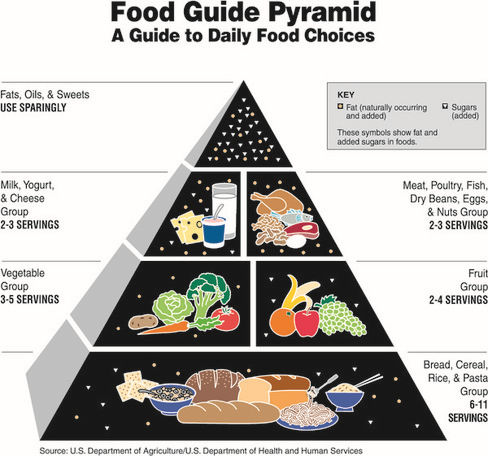By Guest Blogger Stefanie Lyons, ACE Certified Personal Trainer
We hear it every day…eat more protein. If you want to lose weight…eat more protein. And as a personal trainer it has been ingrained in my head…protein, protein, protein. So who’s guilty of coming home after work and asking, “What are we eating for dinner? Chicken or chicken?” Me! I’m guilty!
So let’s explore this protein topic further.
When we think about eating healthy and losing weights, three major food groups come to mind…protein, carbohydrates and fats. While it is important to have a good balance of all, protein is the most essential group for a number of reasons.
Did you know that your organs, tissues, muscles and hormones are all made from proteins? Protein found in foods is used by the body to develop, grow and function properly.
So what exactly is protein?
Protein is a macronutrient, meaning that you need relatively large amounts of it to stay healthy. (Vitamins and minerals, which you only need in small quantities, are called “micronutrients.”) Protein builds and maintains muscle and body tissue. It works to stabilize your blood sugar levels, keep your metabolism running, improve your ability to learn and concentrate, boost your energy levels, support your muscles and bones and support the absorption of important nutrients.
Protein is a component of every cell in your body. Your hair and nails are mostly made of protein. Your body uses it to build and repair tissue. You need it to make enzymes, hormones, and other body chemicals. It is an important building block of bones, muscles, cartilage, skin, and blood.
Now that we know what it is and how important it is, let’s talk about the many different kinds of protein. Protein comes from a variety of sources, including meat, milk, fish, soy, and eggs, as well as beans, legumes, and nut butters. When proteins are digested, they leave behind amino acids, which the human body needs.
It’s not just meat, people! Even my own children associate protein with chicken or steak. But there’s so much more! There are great vegetarian and vegan options that provide ample amounts of protein for those who want to limit their animal product intake.
In my house we are trying more plant based protein and have incorporated the Meatless Monday trend. And yes, even my children have tried black beans, chick peas, and quinoa. And no, they were not all successful. My son is super pick and his only source of protein is chicken or deli turkey. But we’ll keep trying!
Check out these healthy meat options:
Beef – lean ground beef, sirloin, flank steak
Chicken – skinless chicken breast, ground chicken (white meat)
Turkey – turkey breast, ground turkey (white meat)
Pork tenderloin – fat trimmed off
Fish – shrimp, halibut, salmon, tuna (most white fish are healthy choices)
Dairy – eggs, Greek yogurt (plain), cottage cheese, skim milk, nut milks
Plant Based – quinoa, beans (chick peas, kidney beans, white beans, black beans), edamame, chia seeds, lentils, tofu, tempeh, seitan, green peas, nut butters
Protein powder also provides a quick and easy way to get added protein. Whey, casein or plant based protein can be used to make shakes, smoothies or mixed in your morning oatmeal.
So how much protein do we need?
The USDA recommends the following:

| Children | 2-3 years old 4-8 years old |
2 ounce equivalents 4 ounce equivalents |
| Girls | 9-13 years old 14-18 years old |
5 ounce equivalents 5 ounce equivalents |
| Boys | 9-13 years old 14-18 years old |
5 ounce equivalents 6 ½ ounce equivalents |
| Women | 19-30 years old 31-50 years old 51+ years old |
5 ½ ounce equivalents 5 ounce equivalents 5 ounce equivalents |
| Men | 19-30 years old
31-50 years old 51+ years old |
6 ½ ounce equivalents 6 ounce equivalents 5 ½ ounce equivalents |
As you can see, protein is just one part of a healthy diet. Our bodies also need carbohydrates and healthy fats.
Carbohydrates are found fruits, vegetables, breads, pasta, and dairy products. Your body uses these foods to make glucose, which is your body’s main energy source. Glucose is a type of sugar that can be used right away for energy or stored away to be used later.
Fats are used for energy, to support cell growth, protect your organs and keep your body warm. Fats help your body absorb some nutrients and produce important hormones, too.
A healthy diet is vital for your body and all of its systems to function properly. By having good nutrition it will help you maintain a healthy weight, reduce body fat, provide your body with energy, promote good sleep and generally make you feel better.
Want to see more blogs like this and get notifications on local events and happenings? Subscribe to our free weekly newsletters here.
*Source: https://www.choosemyplate.gov/protein-foods

















Great article!